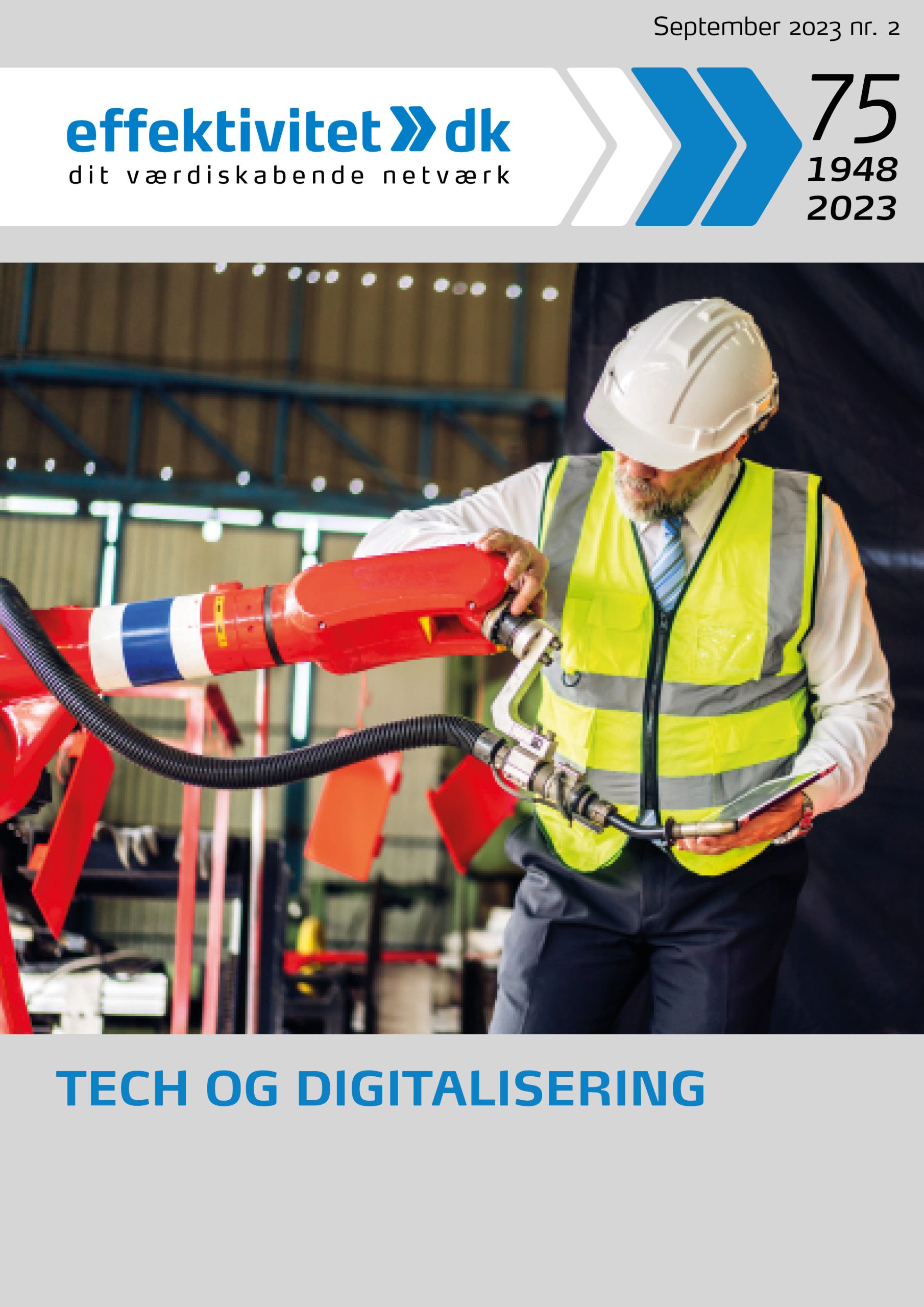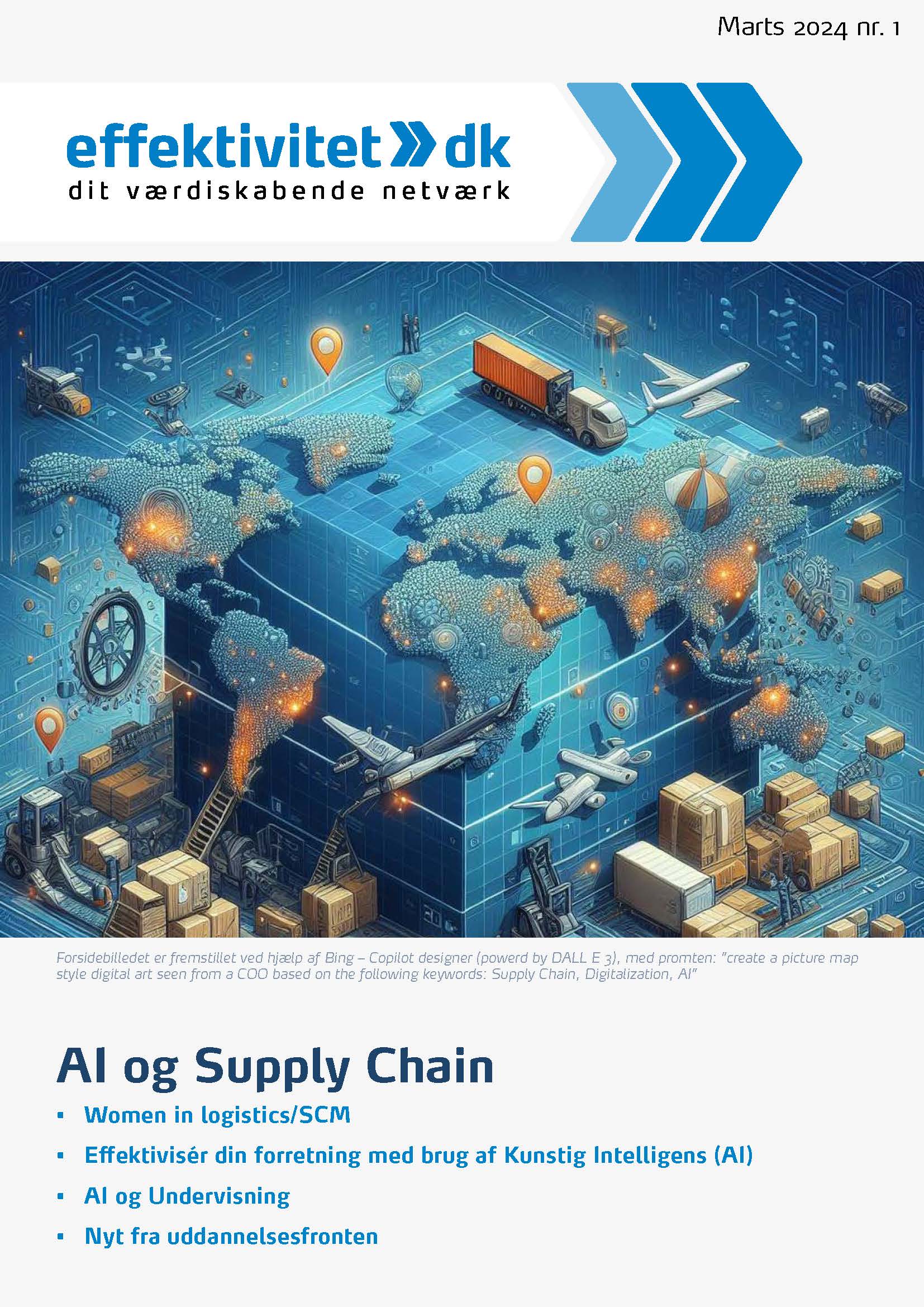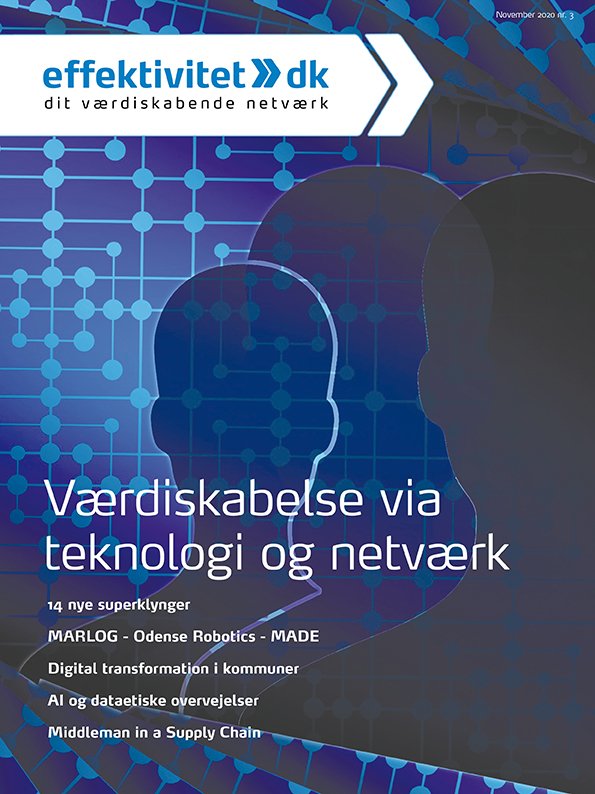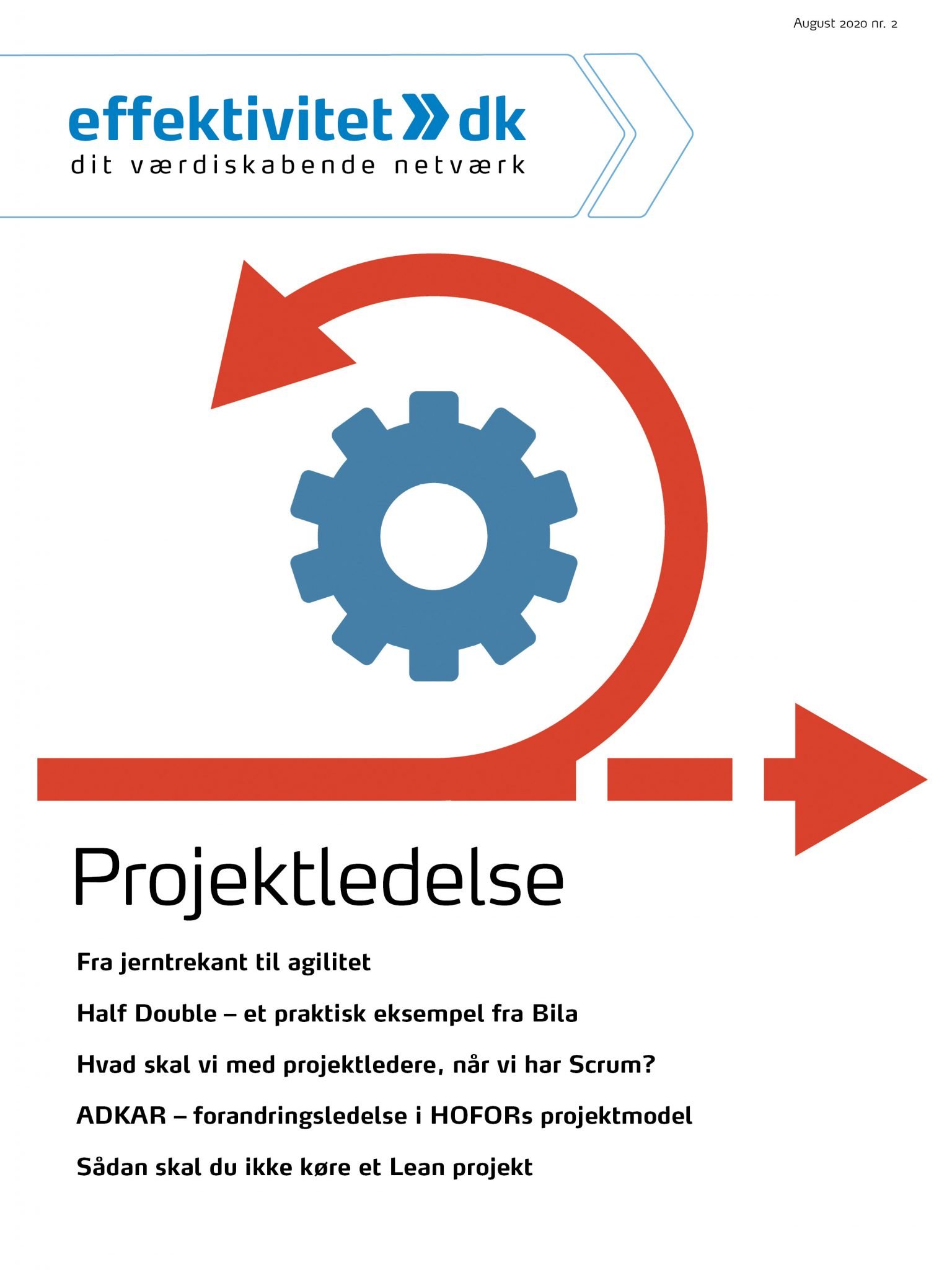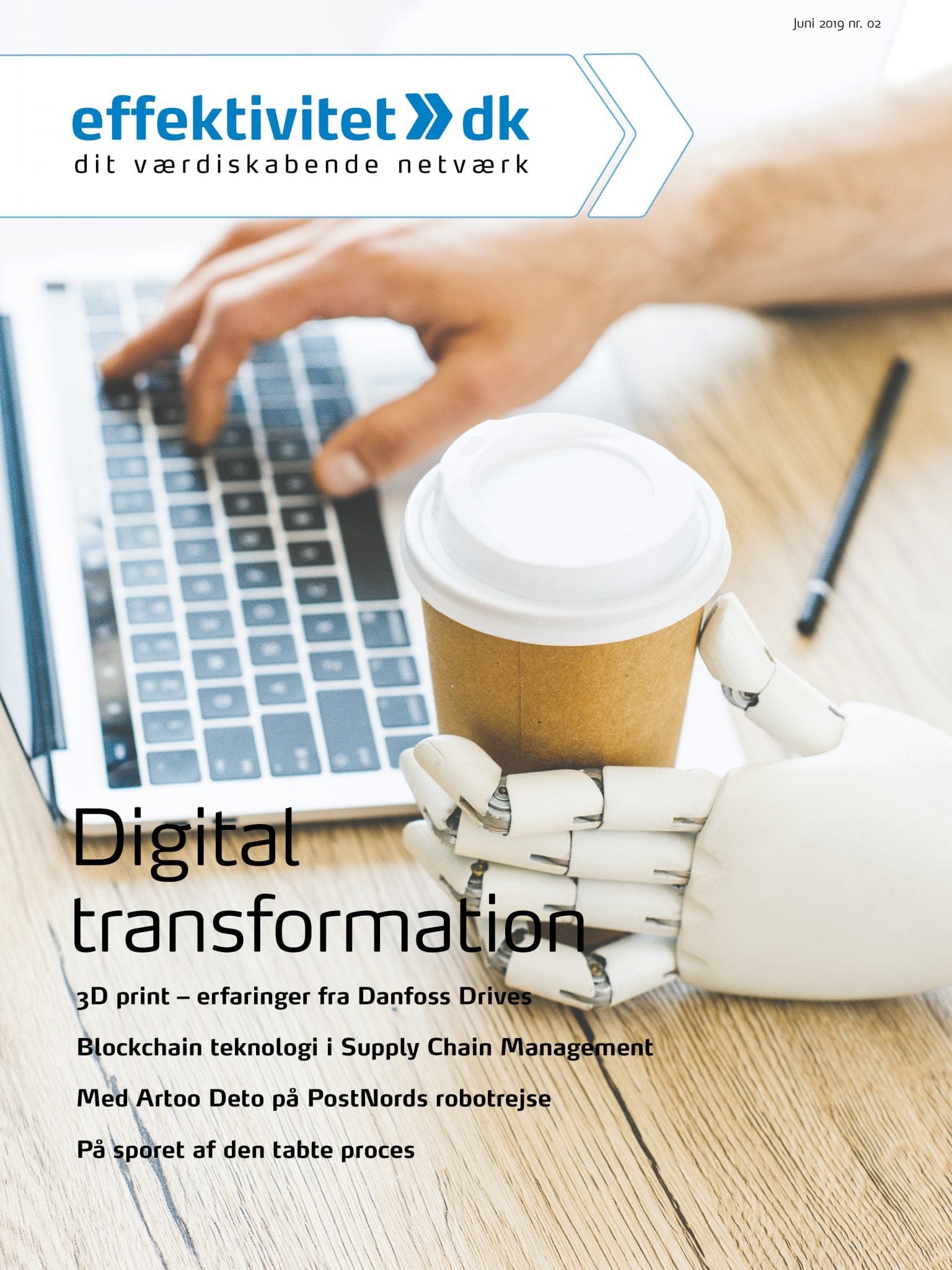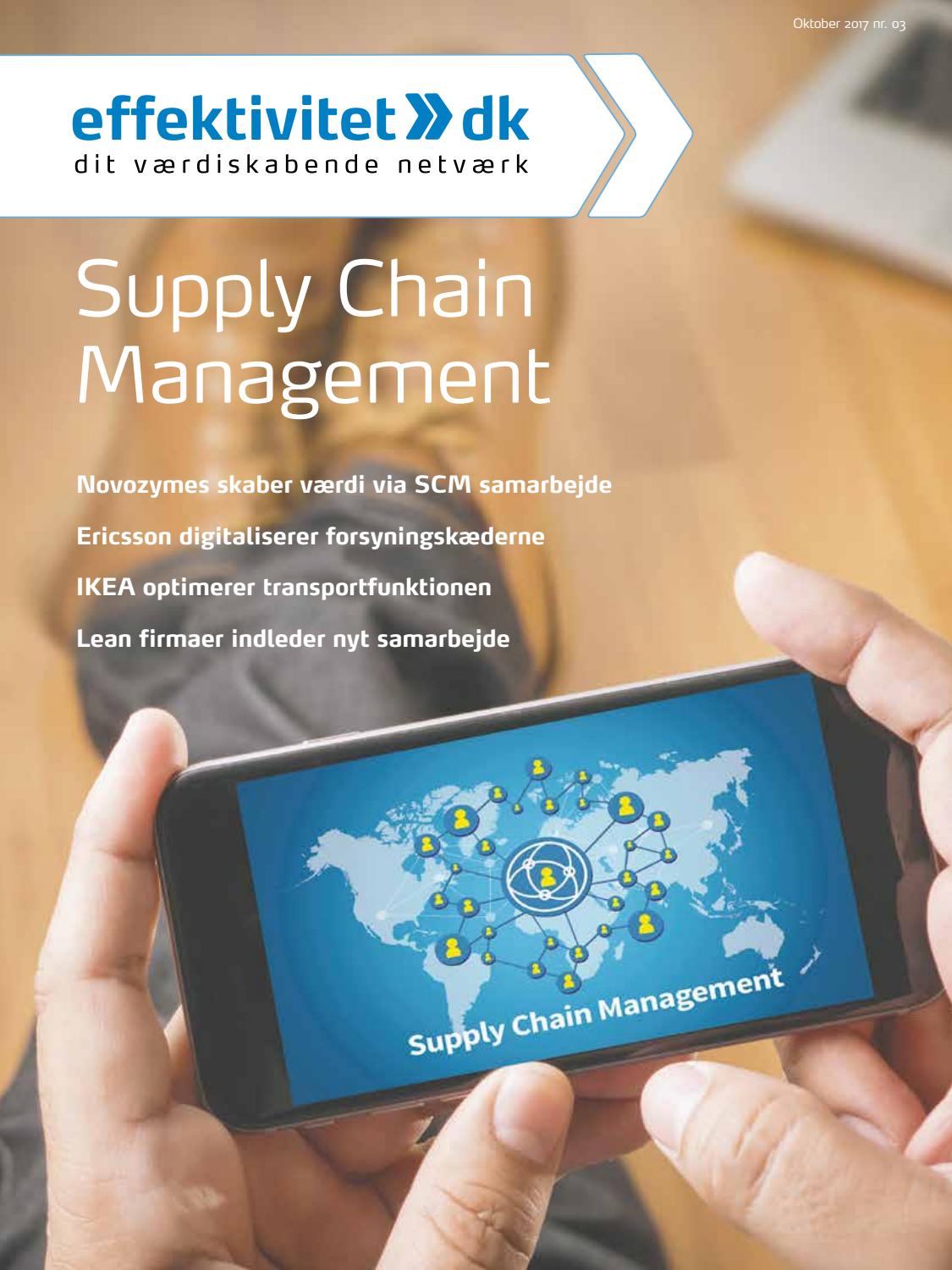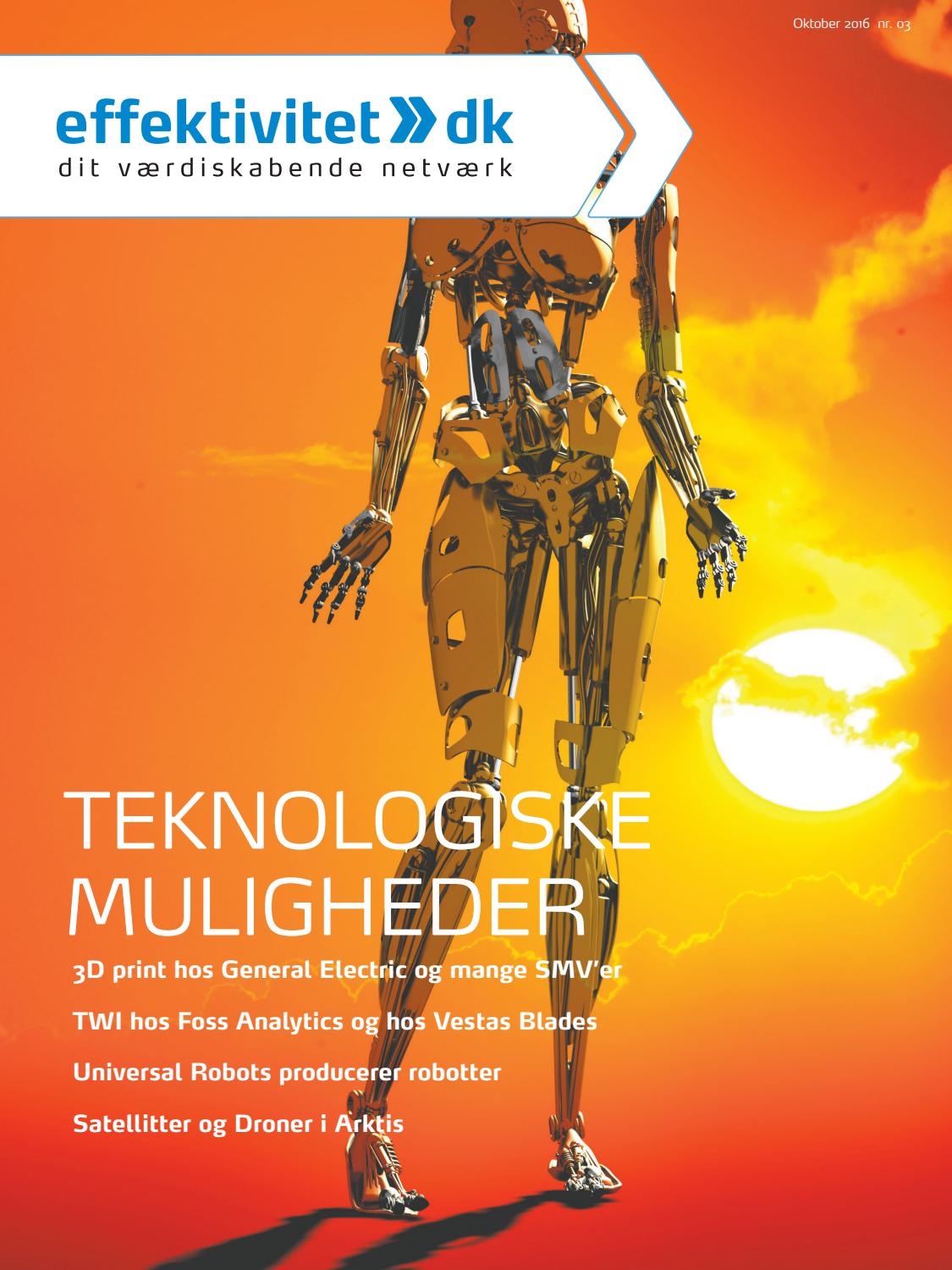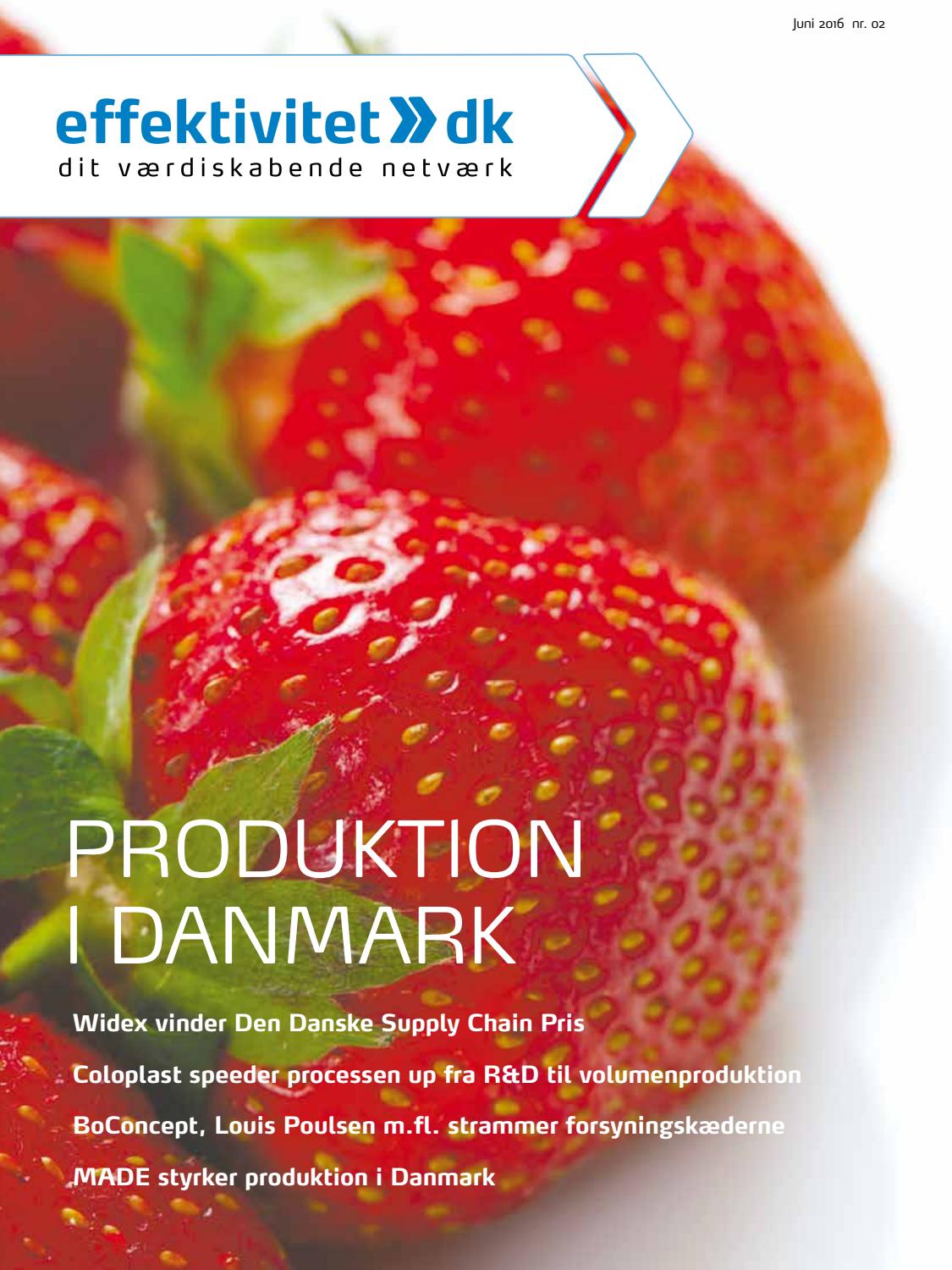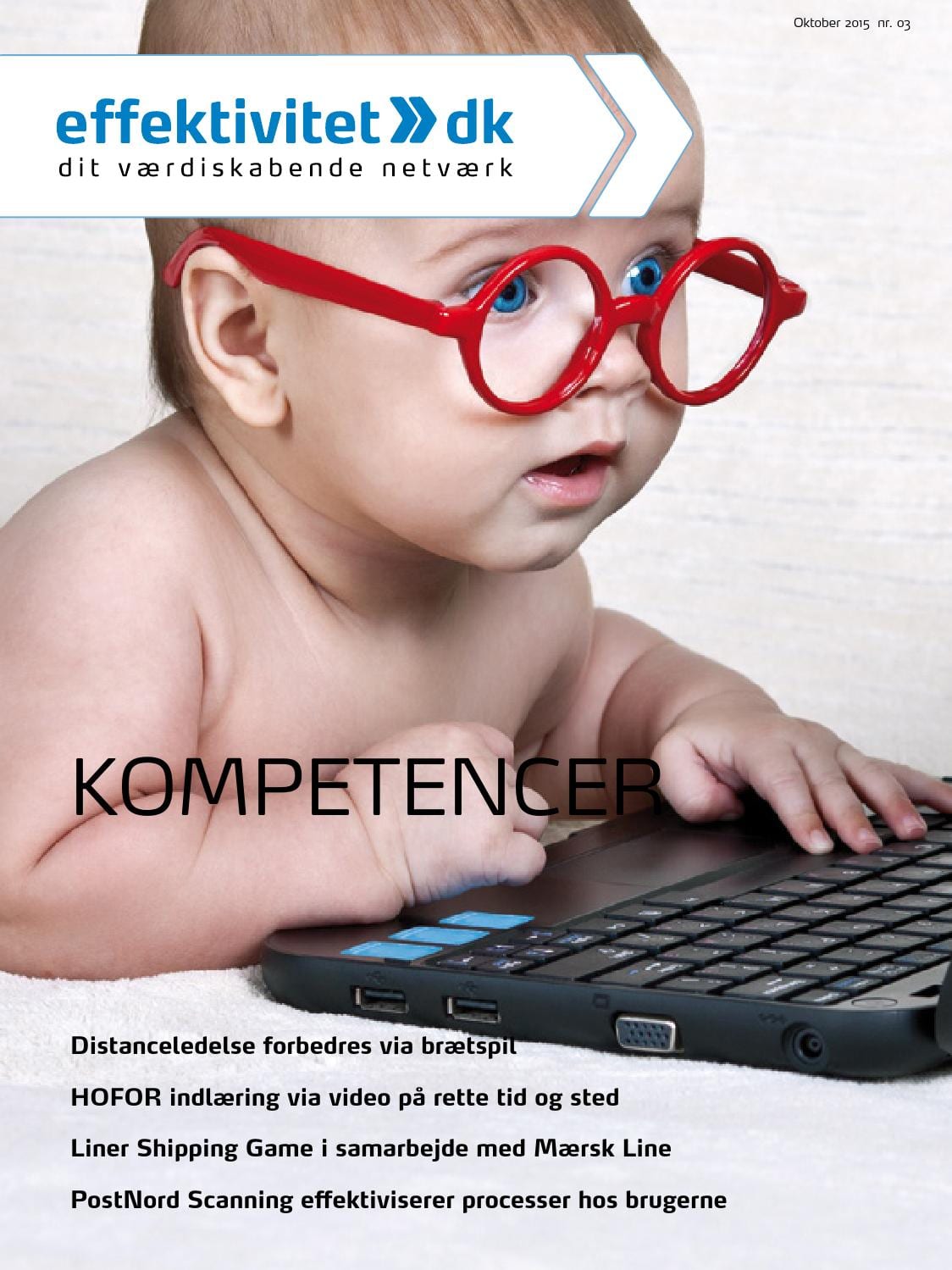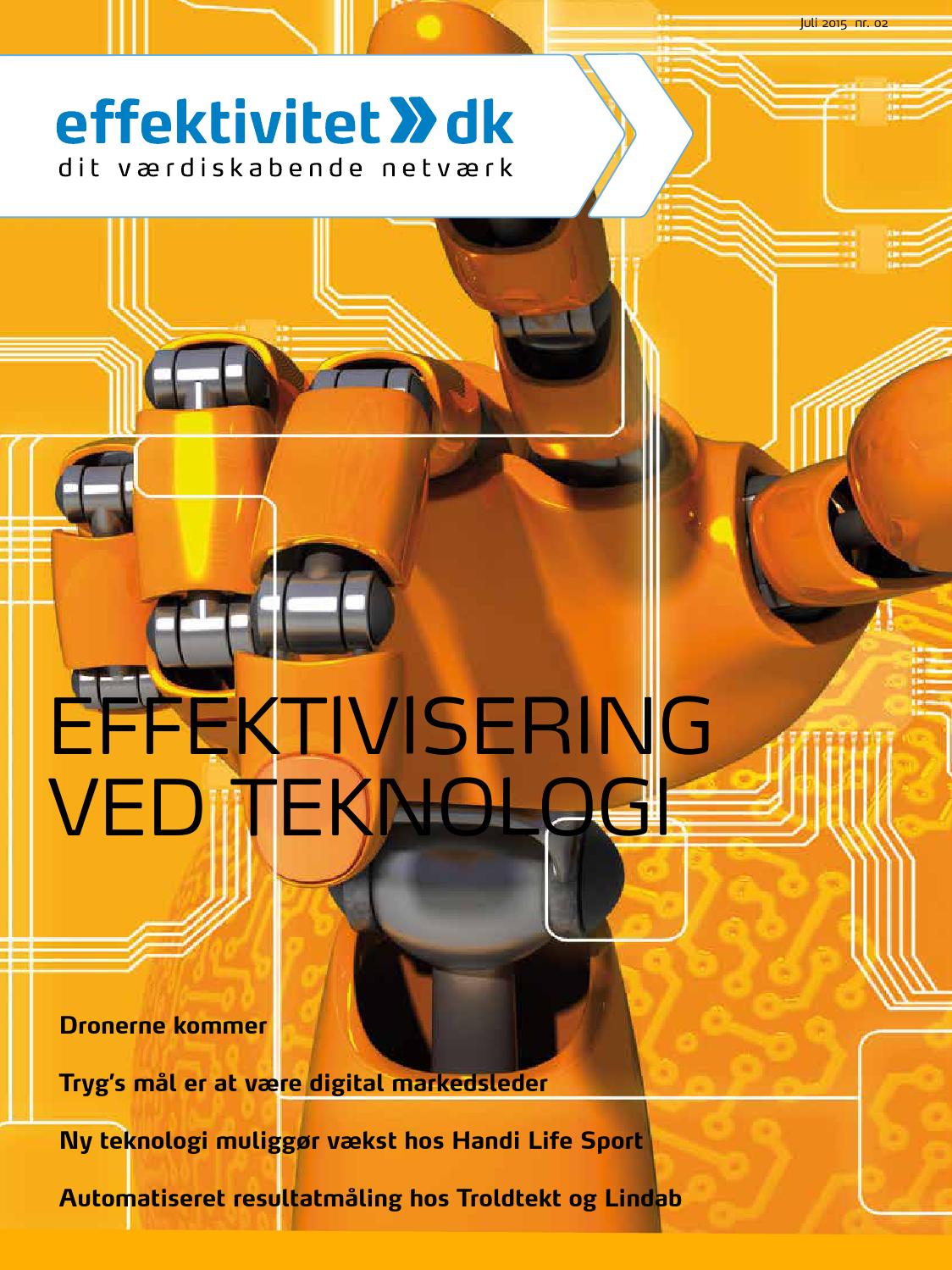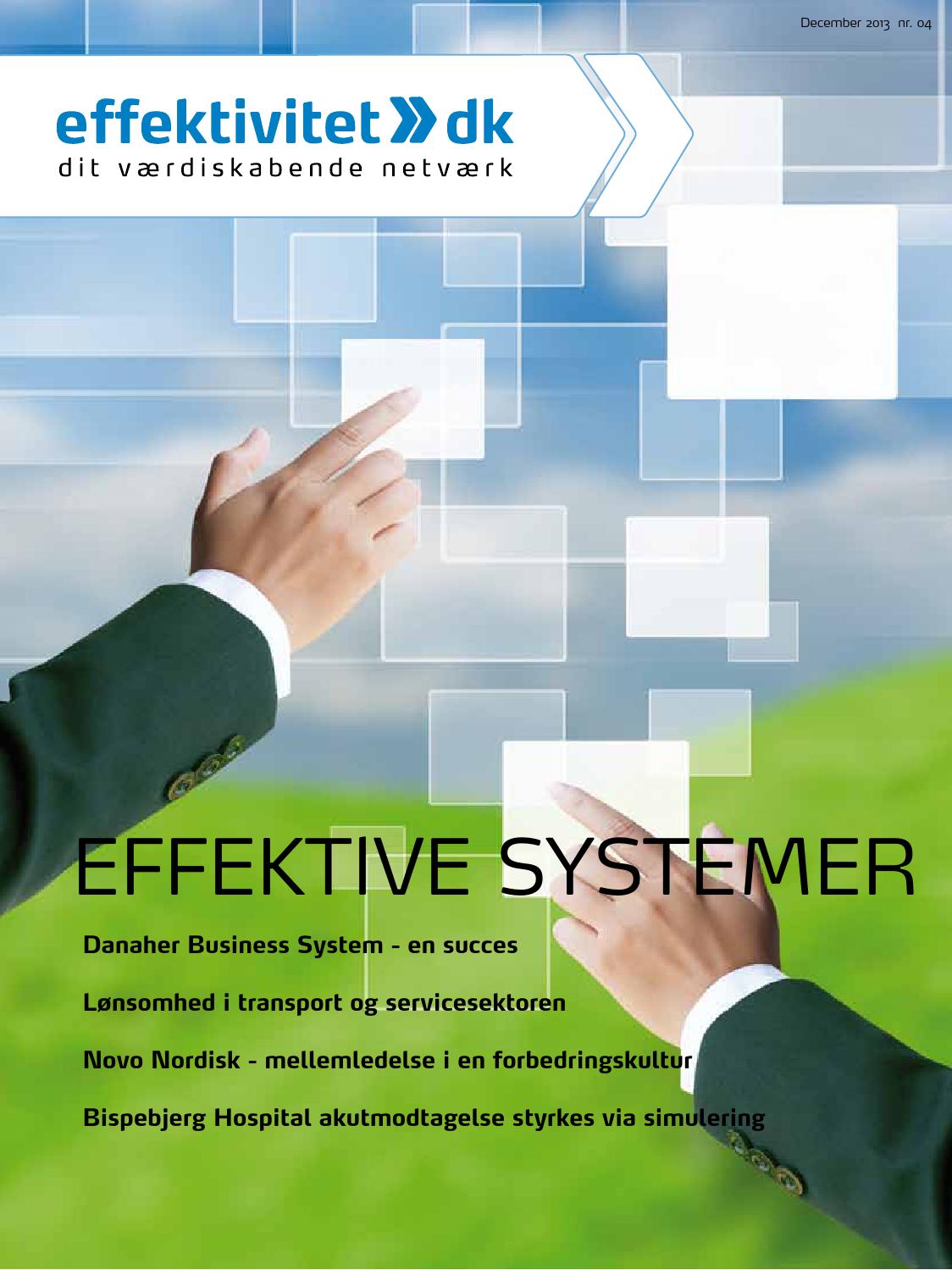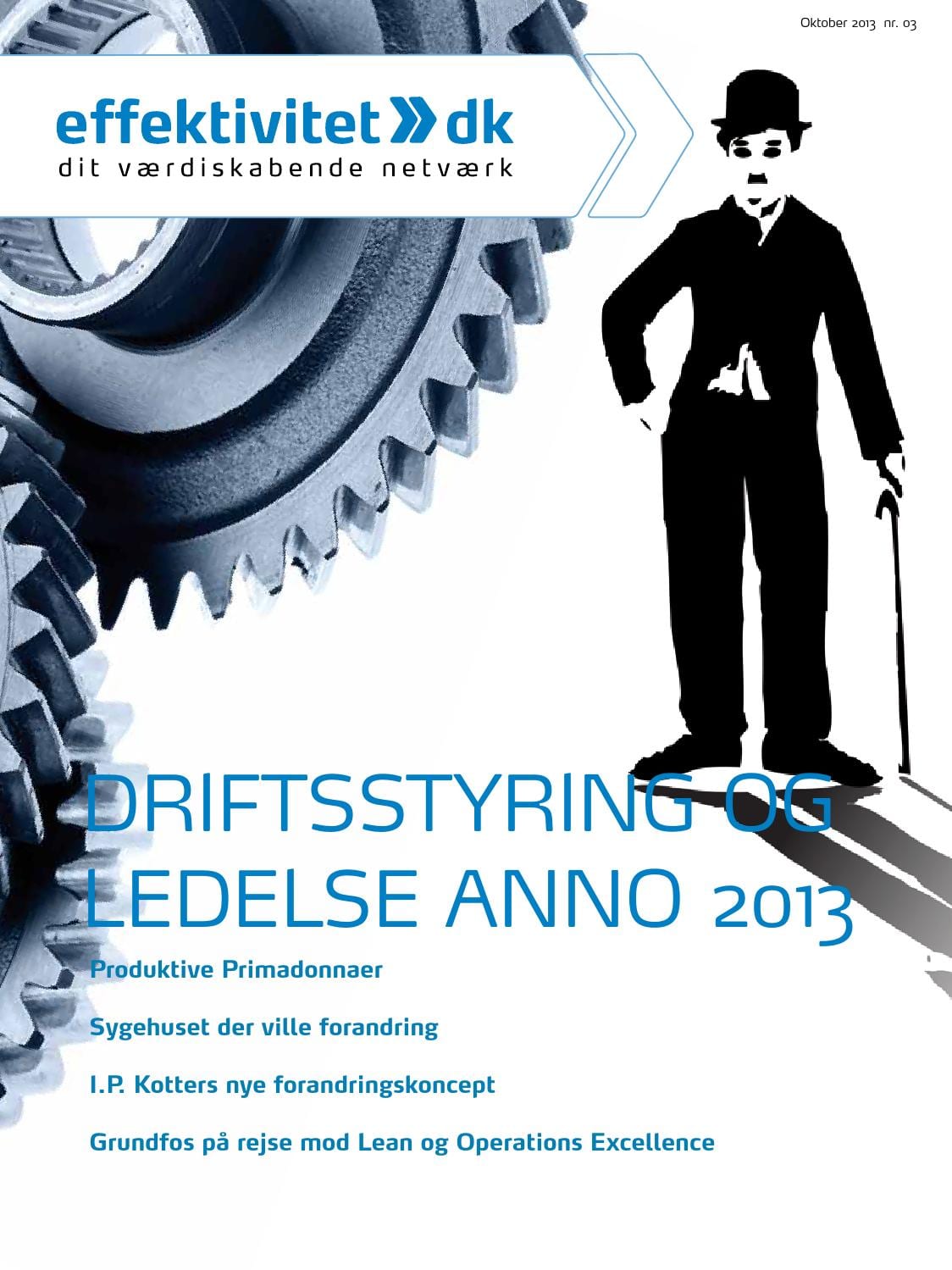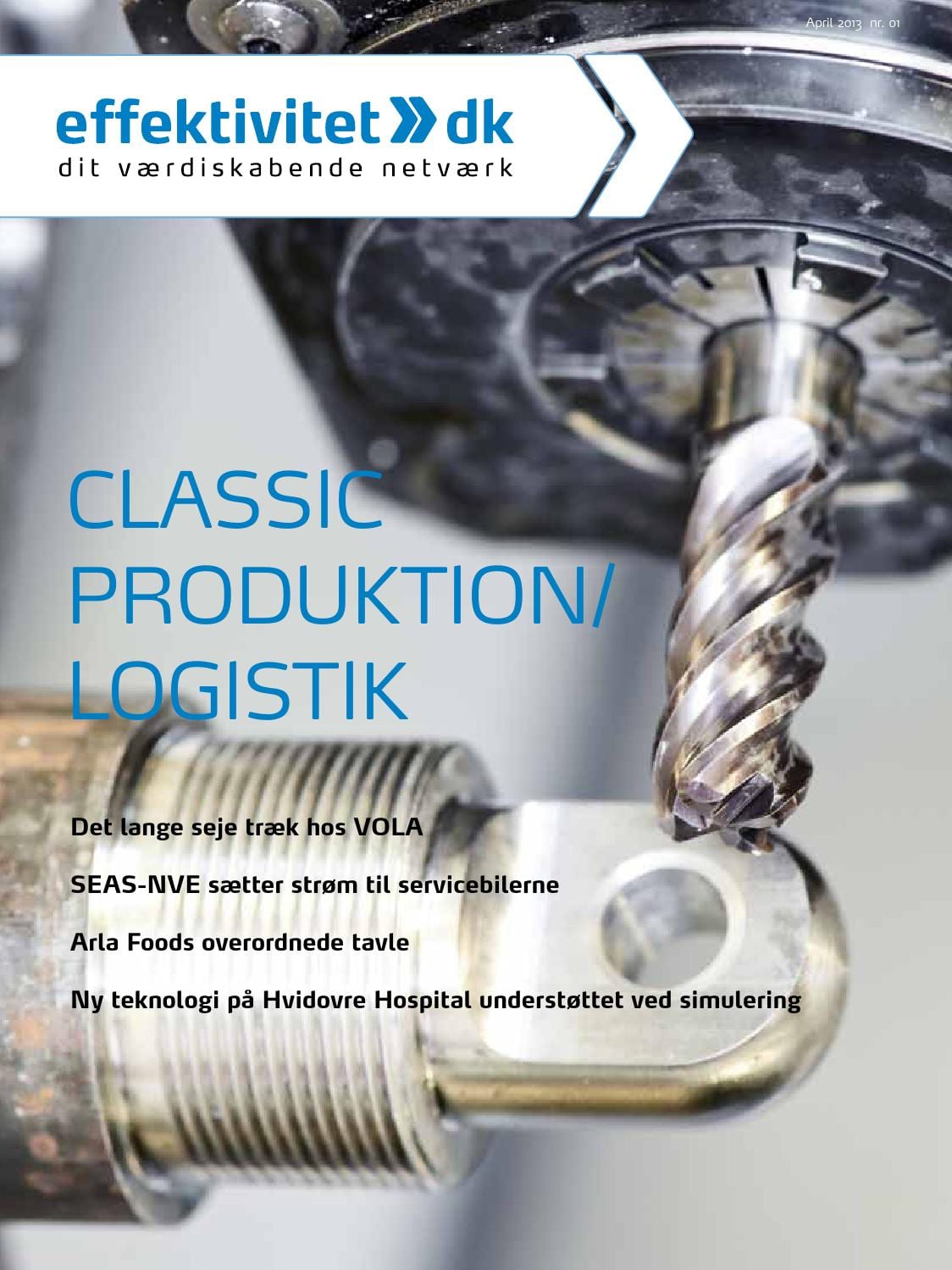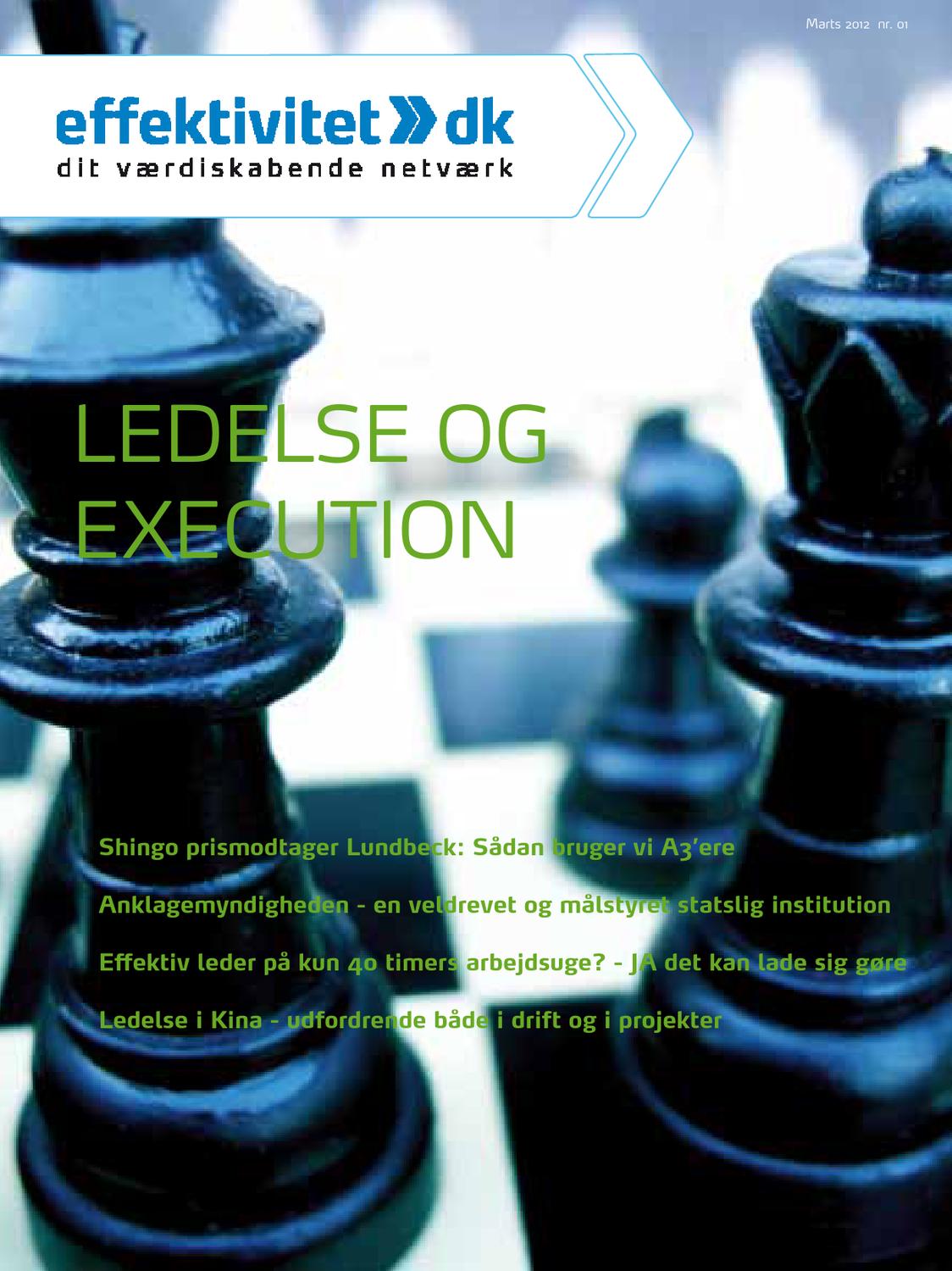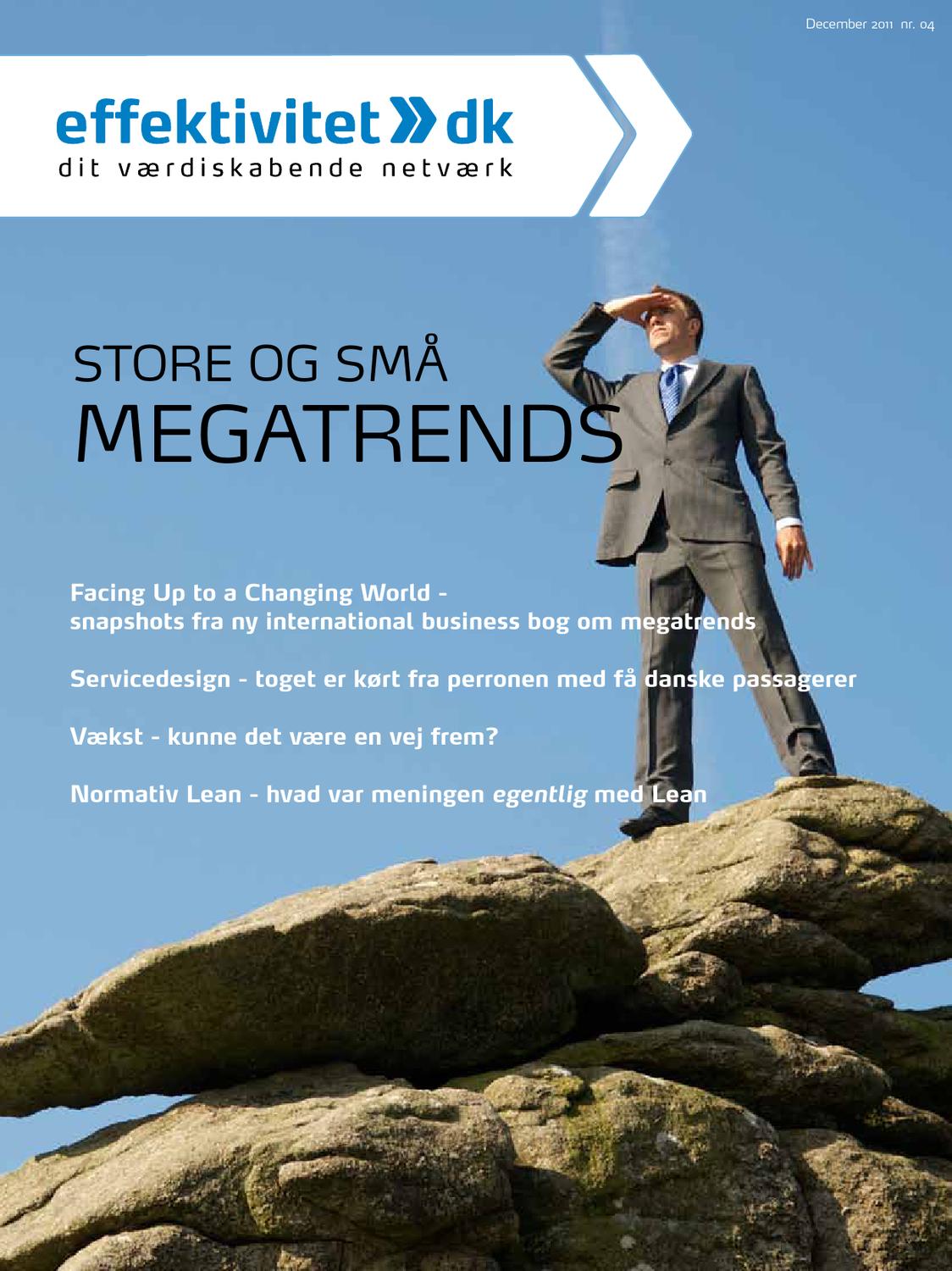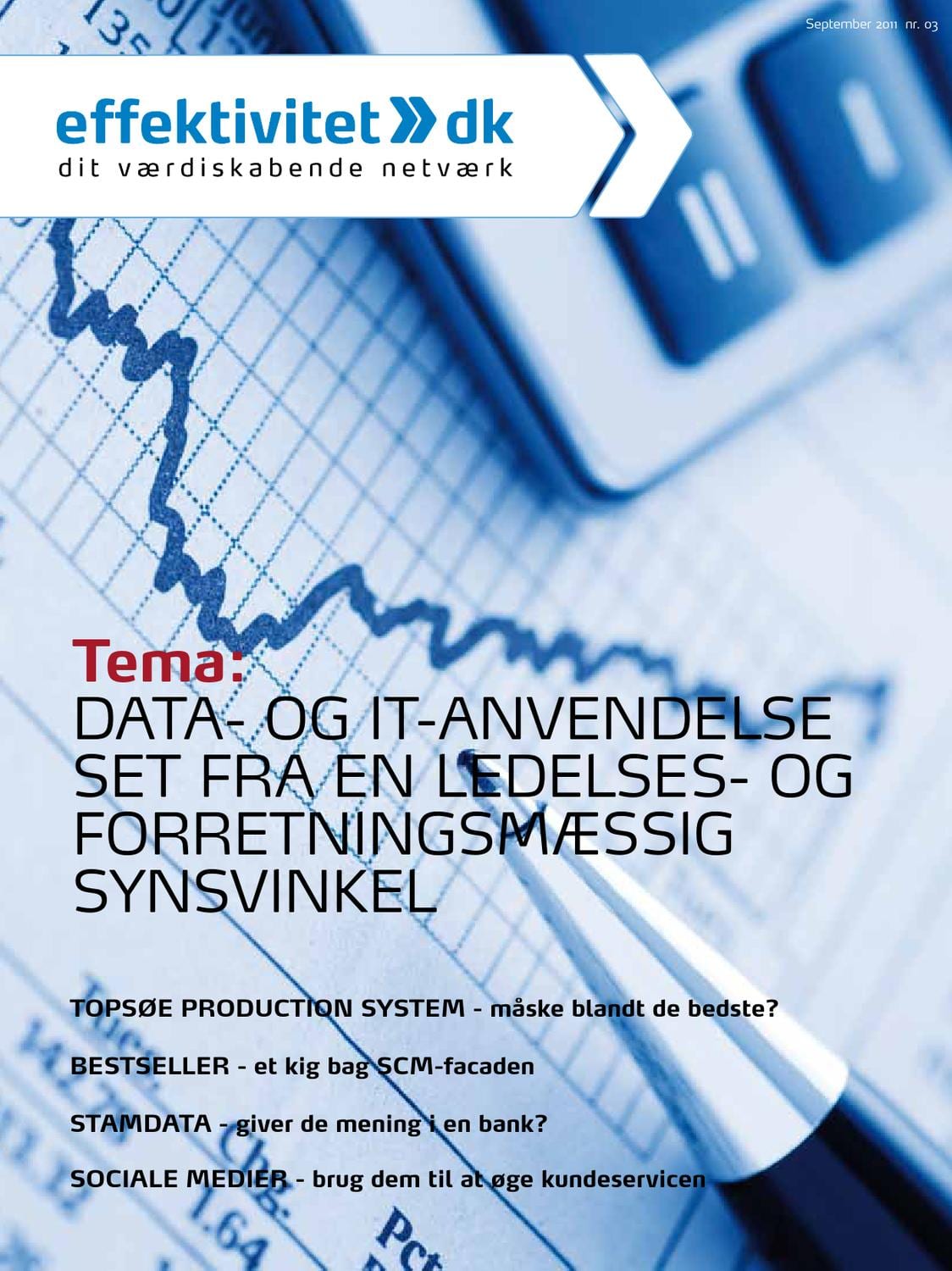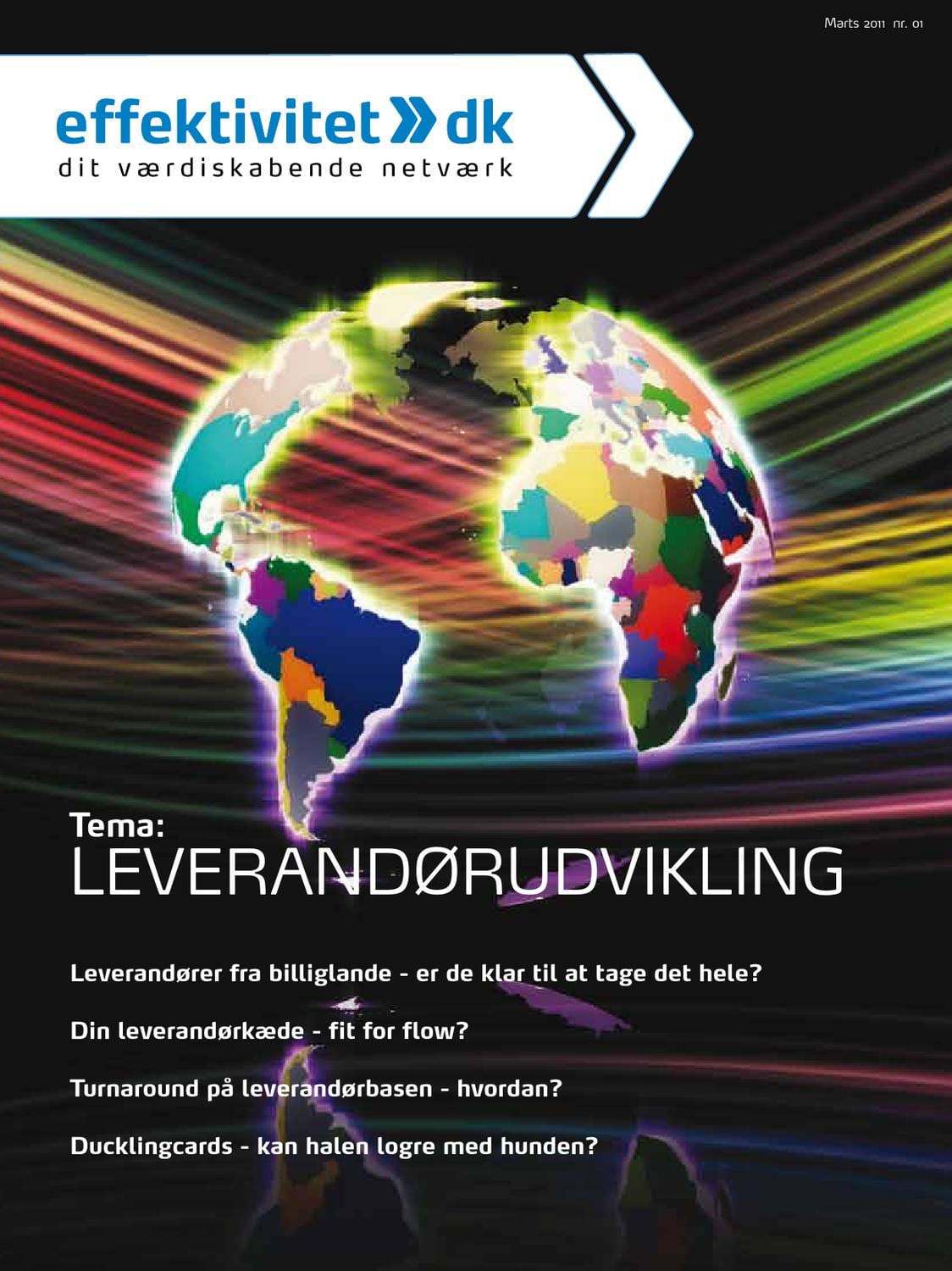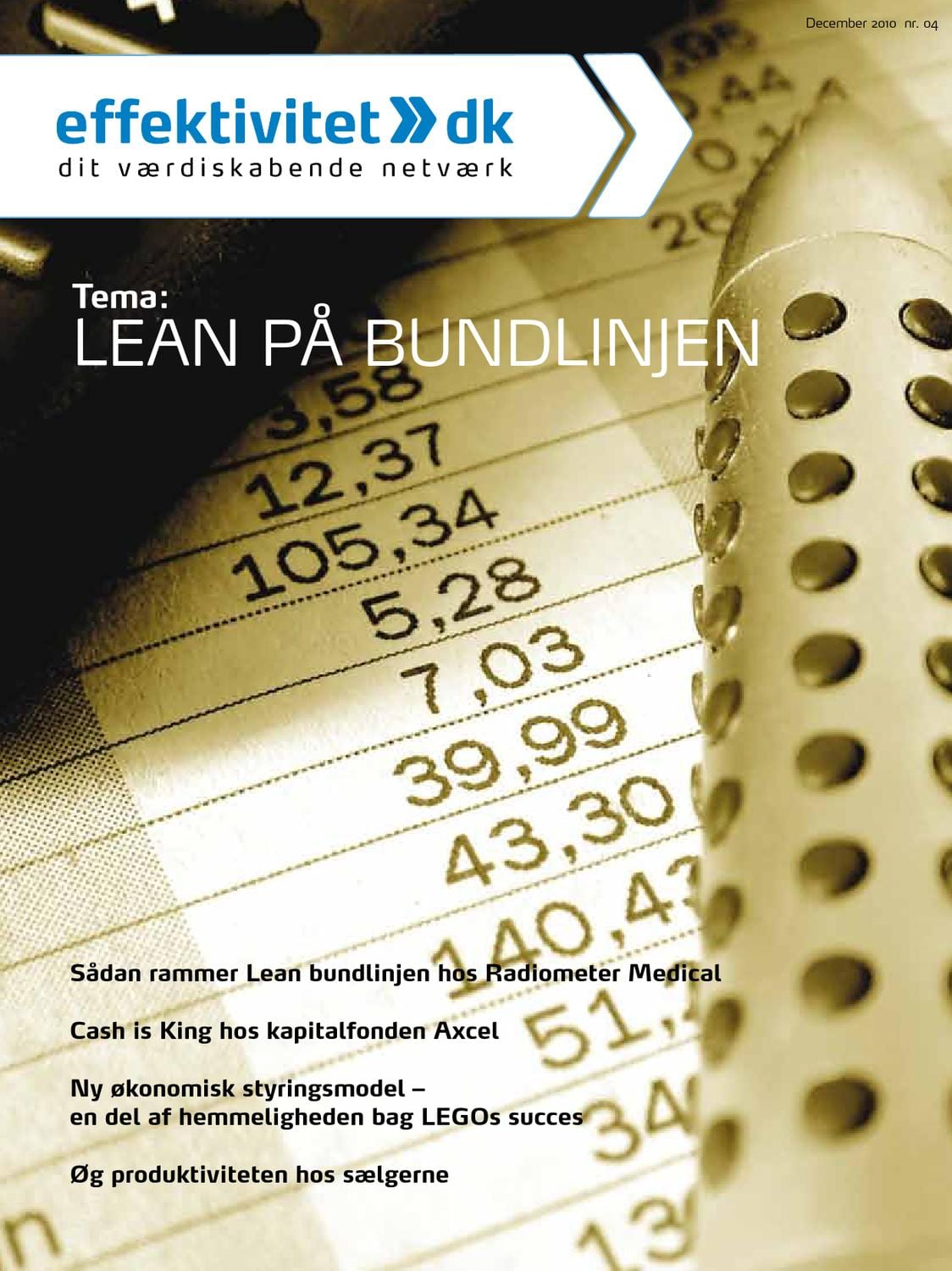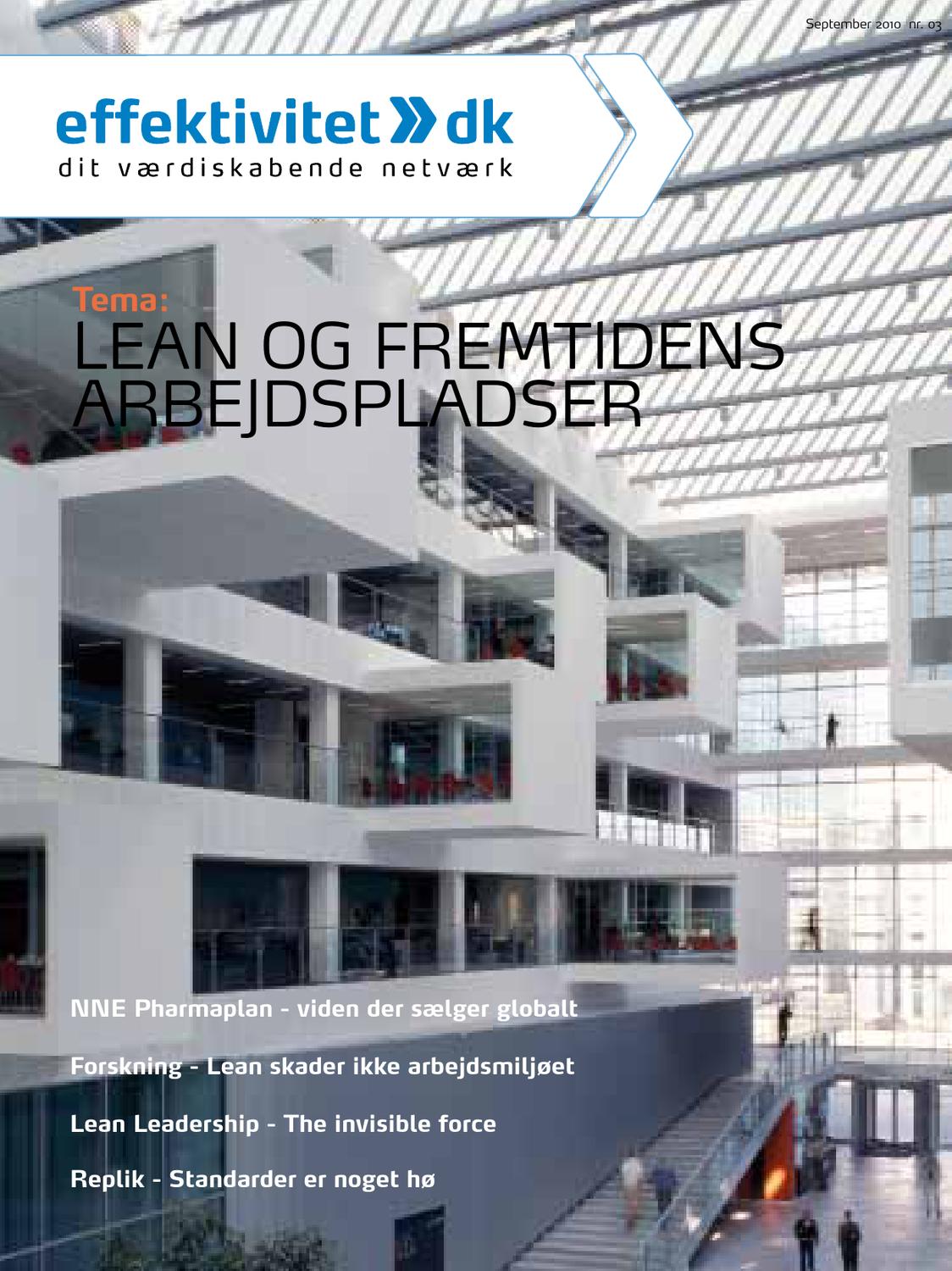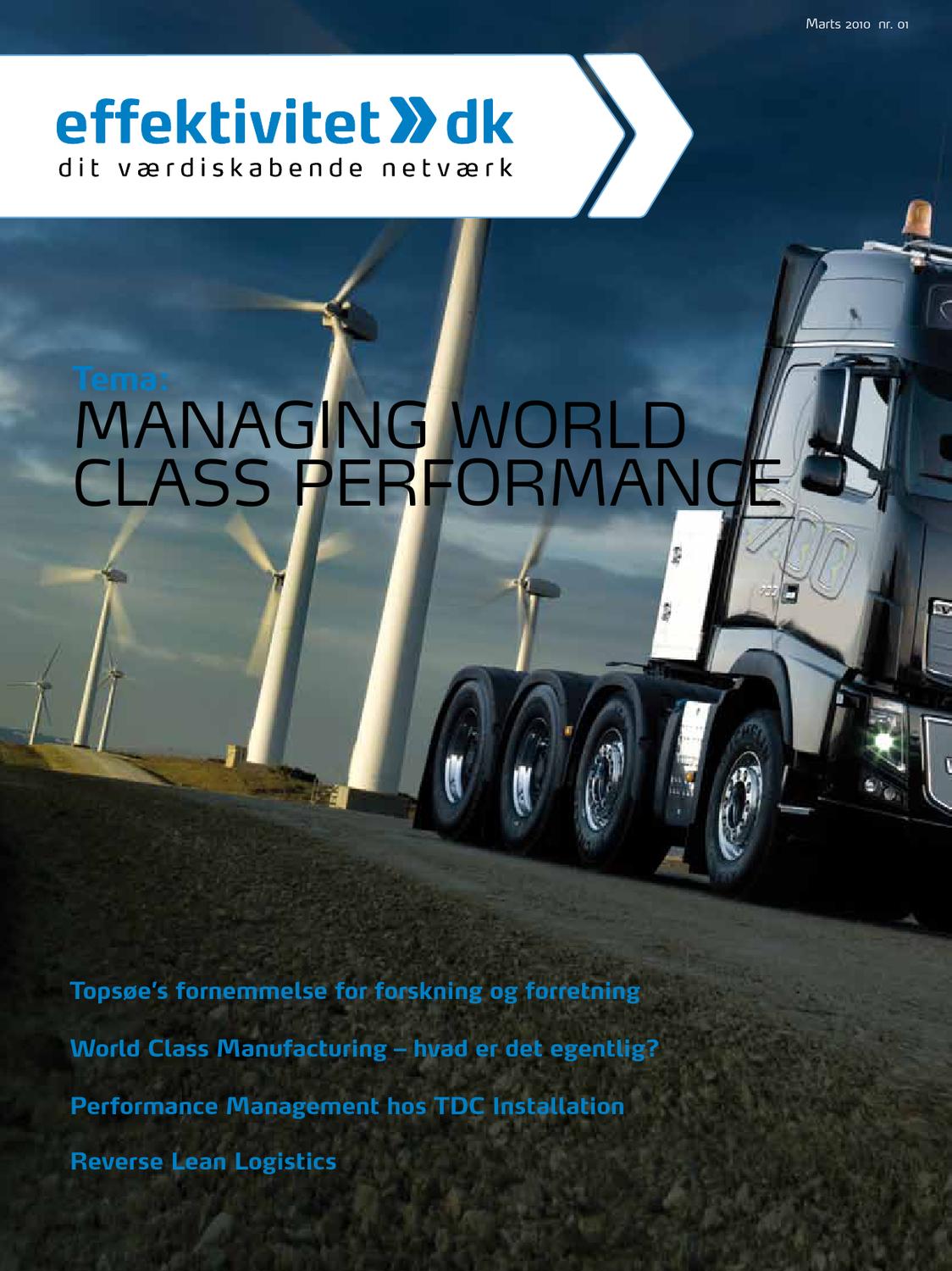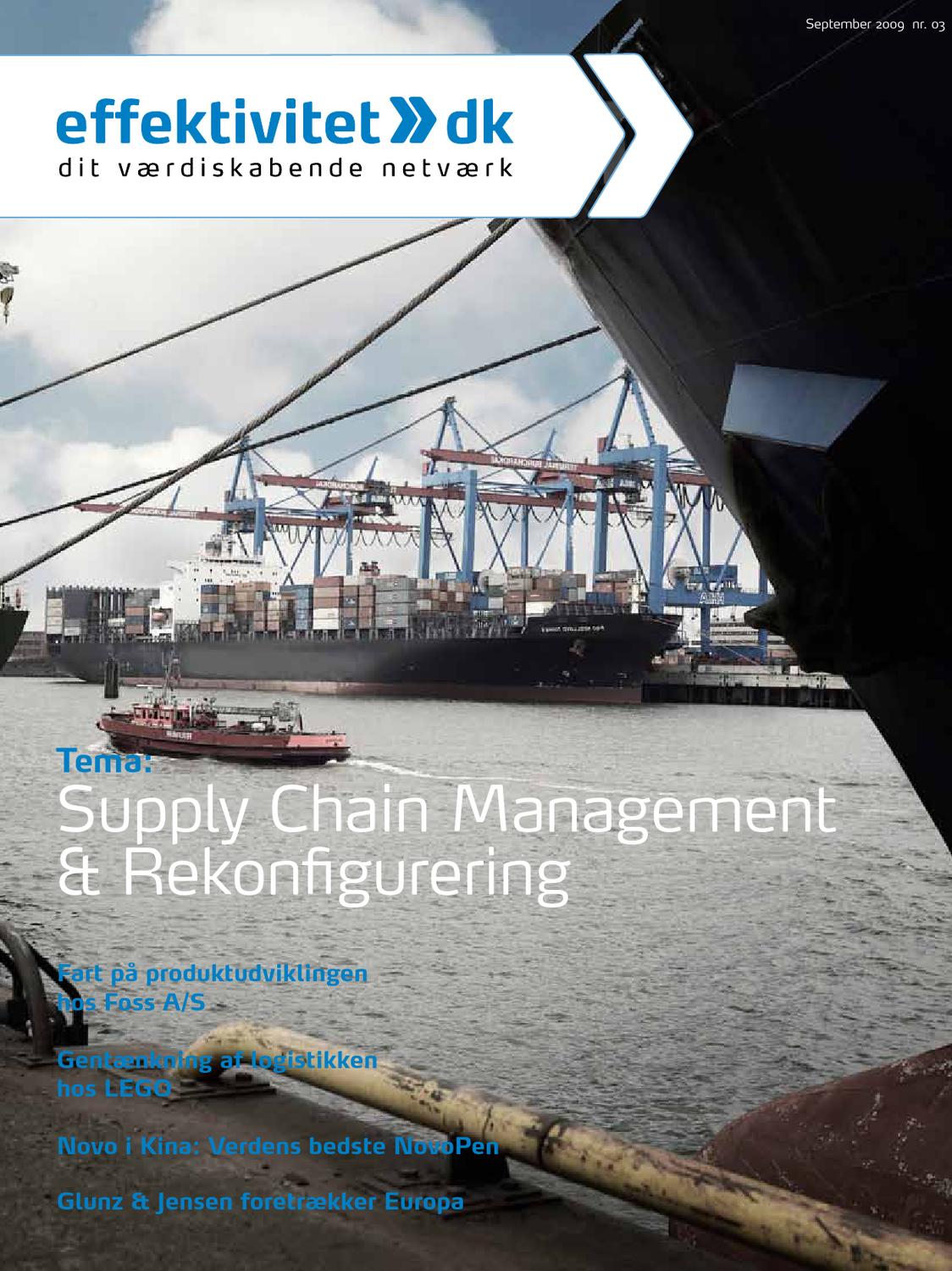However, keeping up with the evolution of technology is becoming increasingly demanding, as it has almost become symptomatic in todays business climate that organizations pursuing organic growth, more and more frequently find themselves at a cross-road. Past decisions on future plans of action are compromised and revisited by new opportunities and innovative solutions enabled by technology.
As technological development is borderless, meaning that it holds no cultural affiliation, new tech trends pop up everywhere. So the million-dollar question for future sustainable growth is, how do we spot the next big thing in disruptive technology, and more importantly, how do we recognize its relevance and boundaries of application for our organization to keep up with competitors?
The opportunities & challenges of change – What is happening out there?
Regardless of organizational size, change that disrupts traditional practices in the day-to-day operations, can often be seen as a difficult strategic option to pursue. Especially in situations where perfection of the currently experienced operational excellence has taken shape over a considerable amount of time and required extensive allocation of resources. This can also be seen, when status quo offers a competitive edge, relative to the contemporarily experienced competitive environment.
However, there is an evident trend in process-based operations, suggesting that dominant operational designs are experiencing ever-decreasing life cycles. Much of this development is driven by quantum leaps in capabilities of new technologies, holding the potential to disrupt traditional ways of doing things. Not only with regards to single-firm operations, but also in terms of how we organize entire value chains. In many cases, what was recognized as disruptive technologies the very few 5 years ago, and even perhaps only 2 years ago, is today integrated into routine operations permeating entire industries.
A technological analogy supporting this development is recognized as Moores law, published by Gordon Moore, co-founder of Intel, back in 1965. Moore discovered that the number of transistors found on circuit boards doubled every second year. Looking at the practical implications of Moores law, the internet of things (IoT), autonomic platforms (DevOps), blockchain cryptology, and industrial 3D-printing (3DP/AM) are just some of the technological testaments to this development.
Looking for instance at IoT, although more of a phenomenon or consequence of technological evolution than a singled out disruptive technology in itself, it is anticipated by Gartner Inc. that 6.4 billion devices will be connected to the internet in 2016, an increase of 30 percent from 2015. This may seem difficult to grasp, and even more so, when the forecasted development suggest that the number will reach 20.8 billion by 2020. With all of these connected devices, building strategies around technological capabilities, and understanding how to extract and utilize big data on behavioral patterns of potential customers in a safe, secure, and responsible way, will be key to the future.
Autonomic platforms, such as DevOps, is another example of a tech-trend driving organizational infrastructure development, supported by IT. Described shortly, the influx of DevOps started as an organizational culture aimed towards increasing the collaborative efforts between software developers and IT architects, to provide seamless automation of operational processes and perfection of infrastructure through digitalization. Now in 2016, it is recognized as a strategic initiative, expected to develop from a niche to a mainstream strategy, employed by 25% of Global 2000 organizations.
Talking about infrastructural digitalization, blockchain cryptology is another exciting technological prospect, holding the promise to radically change industry operating models. Having gained negative focus in the beginning, due to its connection with bitcoins, blockchain technology start-ups are now picking up interest from venture capitalist firms
Due to its complexity in nature, the simplest way to describe blockchain is as a distributed ledger, or a community-based ”digital record”. It can tell you who owns what, and it can serve as a digital vault, in which sensitive information, such as for instance identities, transactions and contracts, may be safely encrypted without compromising easy access for those entitled to it.
The last example of influential technologies that is changing the manner, in which we do business in 2016, is the additive manufacturing (AM), more commonly referred to in commercial literature as 3D-printing (3DP). 3DP/AM is a direct fabrication technology that has been recognized as the introduction to the third industrial revolution and further labeled as the biggest disruptive force in manufacturing since the assembly line.
Knowing this, one could easily think that the technology was developed for this purpose. On the contrary, its area of application has up until very recently been limited to prototyping activities and new product development. Within the last 5 years it has developed into a viable alternative for manufacturers, who produce highly complex and customized parts in the aerospace, automotive and medical industry. In fact, Gartner Inc. forecasts that by 2019, 10% of discrete manufacturers will apply 3DP/AM in their part-manufacturing operations.
What to look for in technology, and where to find it?
Although these fact-dropping stories give us some impression of what the future holds, it is difficult to imagine that anyone would have believed 10 years ago that any of the above trends would potentially carry the influential weight on different aspects of future value creation, recognized today. Moreover, as exemplified above, disruptive technology takes up many shapes, making its implications and relevance for your business difficult to capture.
The following 4 steps provide a guideline for where, and what to look for in new technology:
- As a starting point, look at what the experts know, or at least think they know. Gartner´s annual hype cycle for emerging technologies is a cheap, yet valuable source of information, where the different maturity stages for emerging technologies can be found.
- Do cross-industry scanning. Although a technology may seem irrelevant to your practices or operations, existing technologies, finding new areas of application, might create even more value for other purposes.
- Attend seminars, look for proof of concepts and think about scalability potential and fit with your practices and/or operations. More often than not, hyped up, new technology might seem more attractive, than it actually is, only to be replaced by a better and a more sustainable solution within a short period of time.
- Break traditional perceptions of how to create value by thinking. Look for ways, in which technology can fundamentally change what you do, instead of just looking at doing routine operations differently.
How do we assess new technology and its potential impact on our business practices?
From an organizational perspective, there are particularly two different set of questions, organizations need to ask themselves, when considering radical changes in technologies applied in their portfolio of practices and operations.
The first is related to internal operational efficiency, meaning asking the question: Is the new technology necessary in order to produce or manufacture a new product in a more efficient way today? And if so, can the technology support a more sustainable operational structure, while simultaneously supporting profit-maximization in the foreseeable future? Take for instance Kabloee Design, a discrete manufacturer who was asked to develop a device that would treat the medical condition of enlarged prostate more effectively. They found that traditional techniques required 10 iterations in order customize it to the patient. Kabloee concluded that traditional injection molding techniques would be too costly, and therefore turned to 3D-printing in order to achieve the ultimate design faster and more cost effectively. This change resulted in cutting costs with $250,000, and at the same time shortening the product development time by 12 weeks.
In addition to the internal efficiency perspective there is the external market perspective. Important questions to ask are: Can the new technology serve a new market, yet to fully emerge? And if so, how can our business create this new market by application of this new technology? Think about Apple and its creation of the app economy. Ever since its launch in 2008, the value of app economy has gone from a relatively modest number of $1,09 billion, to a recorded valuation of $ 120 billion in 2015. Apples considerations with regards to seizing the opportunity of creating a cross-platformed marketplace that permeates their entire Eco-system of operative system infrastructures, is probably the most ingenious contemporary example of how strategy is defined by, and moreover intertwined with, technological capabilities.
Although the examples from Kabloee and Apple in many ways represent two completely different cases, and moreover vary ridiculously in size and scope, the point is that their approach to innovation and increased efficiency is not necessarily different in any way. In fact, they both used technology as a focal point to create value. So, regardless of the size or scope of the organization, available technologies that may positively influence operational efficiency exist. It is just about making it a priority today.
Think big by looking at proof of concepts, and try to capture the future boundaries of application areas. The key is to walk before you can run, by learning about the potential value that the prospective new technology might add to your business as well as its operational fit. When the decision to adopt a technology has been made, start small with a narrow scope of deployment through pilot projects, intended to identify and solve specific issues. Last, but not least, scale fast. If fast scaling makes sense, something has gone right.
Tomorrow’s technology in the strategy planning
As the rules and competitive requirements of the game change every second year, organizations have to be aware that the window of strategic opportunity is narrowing. Continuous improvement is becoming synonymous with, what is happening right now. In that respect, the ability of organizations to predict and forecast what tomorrow´s environment looks like, is becoming an integrated part of its success.
As a consequence of this development, all evidence suggest that new technology should be an increased future focal point of the strategy planning process.
About the author
Mats Klevengen Haugom is a Graduate student from CBS with specialization in Operations, Technology & Supply Chain Management, and the recipient of the DB Schenker best SCM MSc Thesis Award for 2016. In his thesis titled: ”Additive Manufacturing: A New Paradigm in Manufacturing Operations”, Mats developed a strategic evaluation model for additive manufacturing (AM) adoption based on the process technology´s contemporary performance capabilities. The evaluation model further include managerial implications for AM appropriateness in different manufacturing environments, and a strategic maturity map for future application and impact on operations and supply chains.



